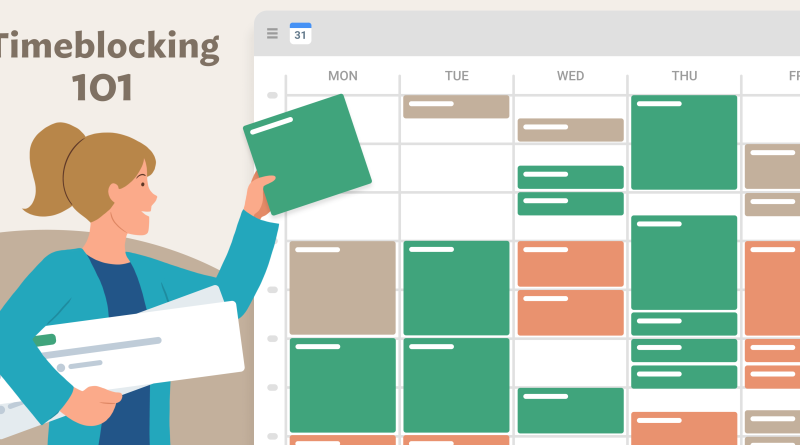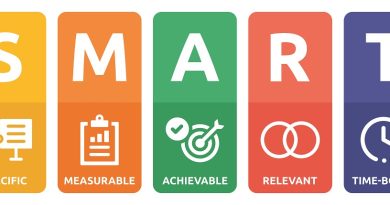Effective Techniques for Time Blocking to Boost Productivity
Time blocking is a powerful technique that can help you become more productive and efficient in managing your tasks and activities. By allocating specific blocks of time to work on specific tasks, you can eliminate distractions, improve focus, and make better use of your time. In this article, we will explore effective techniques for time blocking that can significantly enhance your productivity.
- Define Your Goals and Priorities: Before implementing time blocking, it’s essential to have a clear understanding of your goals and priorities. Identify the key tasks and activities that align with your objectives and determine the amount of time you need to allocate for each.
- Break Down Tasks into Smaller Units: Large projects or tasks can be overwhelming and challenging to tackle in a single time block. Break them down into smaller, more manageable units. This way, you can allocate specific time blocks for each subtask, making progress more achievable and measurable.
- Allocate Time Blocks in Advance: Plan your time blocks in advance, preferably at the beginning of each week or day. Take into account your goals, priorities, and deadlines when creating your schedule. By allocating time blocks proactively, you can ensure that important tasks are given the attention they deserve.
- Focus on One Task at a Time: To maximize the effectiveness of time blocking, focus on one task during each time block. Avoid multitasking, as it can lead to reduced productivity and increased errors. By dedicating your full attention to a single task, you can complete it more efficiently and produce higher-quality results.
- Eliminate Distractions: During your time blocks, eliminate distractions as much as possible. Put your phone on silent mode, close unnecessary browser tabs, and inform colleagues or family members that you need uninterrupted time to focus. Creating a distraction-free environment will help you stay on track and make the most of your allocated time.
- Take Breaks: While time blocking emphasizes focused work, it’s essential to include short breaks between time blocks. Breaks allow you to recharge, refresh your mind, and prevent burnout. Use this time to stretch, hydrate, or engage in brief relaxation techniques before moving on to the next time block.
- Evaluate and Adjust: Regularly evaluate the effectiveness of your time blocking technique. Assess which time blocks are most productive and make adjustments as needed. Experiment with different time durations for specific tasks to find the optimal balance that works for you.
- Be Realistic: When setting time blocks, be realistic about the amount of time required for each task. Avoid overloading your schedule, as this can lead to stress and inefficiency. Leave some buffer time between time blocks to account for unexpected interruptions or additional work that may arise.
- Leverage Productivity Tools: Utilize productivity tools and apps to aid in time blocking. There are various digital calendars, task management applications, and time-tracking tools available that can help streamline the process and provide reminders for your scheduled time blocks.
- Stay Consistent: Consistency is key to making time blocking a habit. Stick to your schedule as much as possible and resist the temptation to deviate from your allocated time blocks. Over time, consistent practice will enhance your productivity and time management skills.




